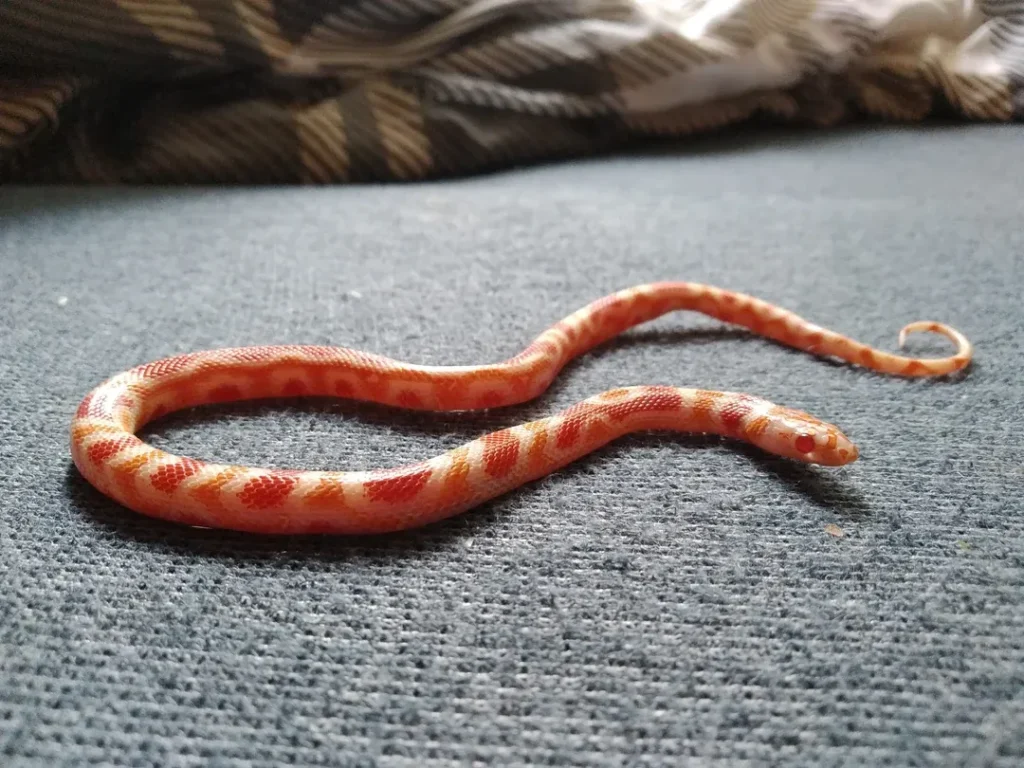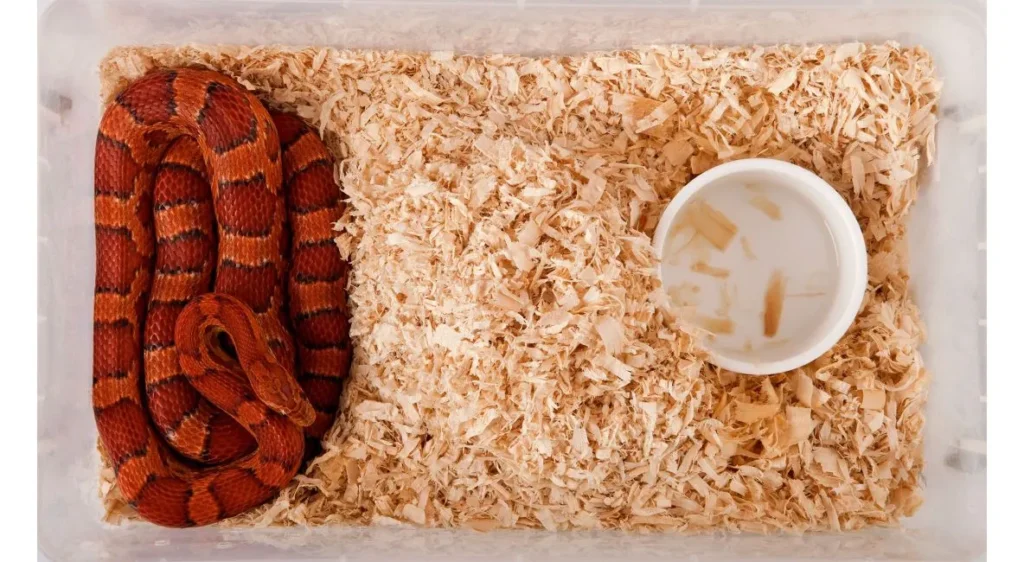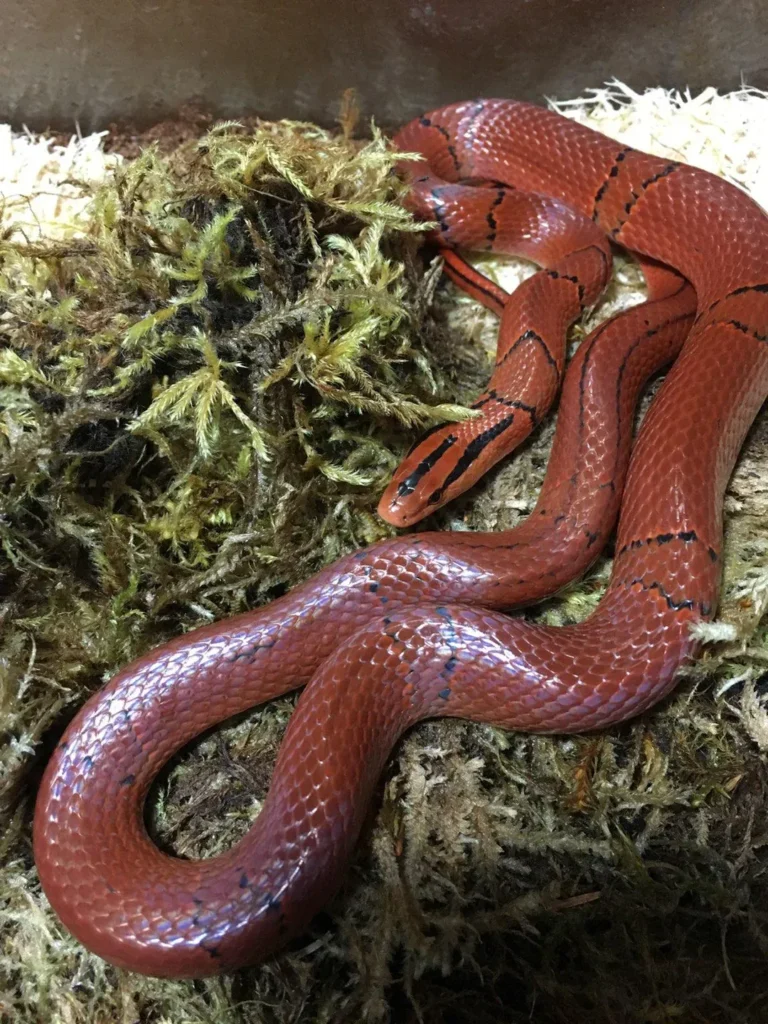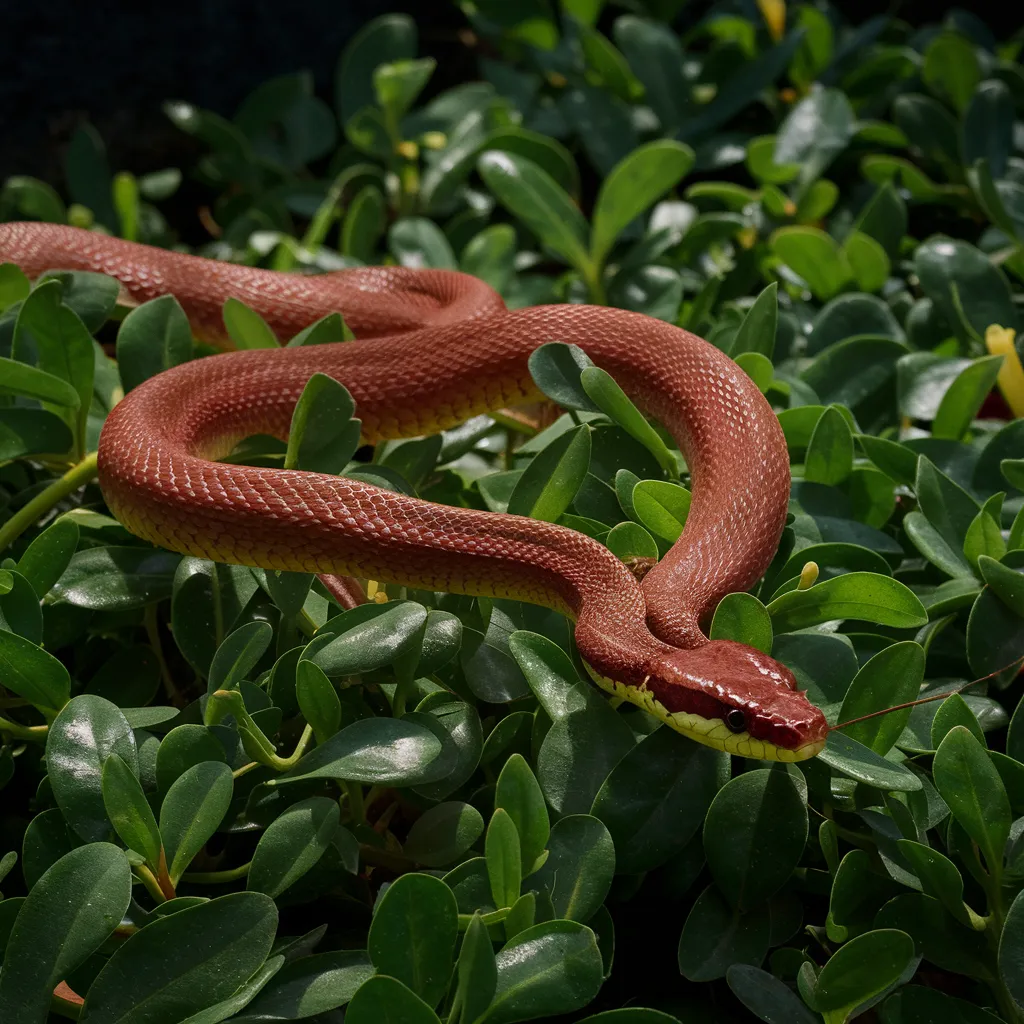what is a ruby snake and where is it found
The Ruby Snake, particularly known as the Ruby-Eyed Green Pit Snake (Cryptelytrops rubeus), could be a recently found wind species found in Southeast Asia, especially within the timberlands close to Ho Chi Minh City, southern Vietnam, and eastern Cambodia’s Langbian Level. There could be an outline of where the Ruby Wind is found based on the given look comes about:
- Habitat: The Ruby-Eyed Green Pit Snake is known to occupy timberlands close to Ho Chi Minh City, the moo slopes of southern Vietnam, and the Langbian Level in eastern Cambodia.
- Discovery: Analysts examining snakes in Southeast Asia found this unused species coiled around a tree department, capturing its striking appearance with jewel-coloured eyes.
- Taxonomic Name:: The newly discovered wind species has been taxonomically named Cryptelytrops rubeus and is unmistakable for its interesting highlights and environmental inclinations.

Let’s investigate a handful of captivating angles related to “ruby snake”:
Ruby-Eyed Green Pit Snake:
- A captivating new snake species called the ruby-eyed green pit viper (Cryptelytrops rubeus) has been discovered in Southeast Asia. This striking serpent is known for its jewel-coloured eyes.
- The snake resides in forests near Ho Chi Minh City and across the low hills of southern Vietnam and eastern Cambodia’s Langbian Plateau.
- Scientists collected specimens of green pit vipers from Thailand, Laos, Vietnam, and Cambodia between 1999 and 2003. Using physical characteristics and genetics, they identified this new species.
- Interestingly, very few people in the world have seen this snake, and its behaviour remains somewhat mysterious.

Rubik’s Snake:
- While not an actual snake, the Rubik’s Snake (also known as the Rubik’s Twist or Rubik’s Snake Puzzle) is a delightful toy.
- It consists of 24 wedges that are right isosceles triangular prisms. These wedges are connected by spring bolts, allowing them to be twisted and reshaped into various forms.
what is the scientific name of the ruby snake?
The logical title of the Ruby Wind, particularly known as the Ruby-Eyed Green Pit Snake, is Cryptelytrops rubeus. This recently found wind species is found in Southeast Asia, especially within the timberlands close to Ho Chi Minh City, southern Vietnam, and eastern Cambodia’s Langbian Level. The Ruby-Eyed Green Pit Snake is distinct for its striking appearance, characterized by jewel-coloured eyes and one-of-a-kind environment inclinations inside the locale.

what is the behaviour of the ruby snake?
The behaviour of the Ruby Wind, particularly known as the Ruby-Eyed Green Pit Snake (Cryptelytrops rubeus), isn’t broadly nitty gritty within the given look comes about. Be that as it may, based on common wind behaviour and characteristics of pit snakes, we can induce a few common behaviours that might apply to the Ruby Wind:
- Habitat: The Ruby-Eyed Green Pit Snake is ordinarily found in timberlands close to Ho Chi Minh City, southern Vietnam, and the Langbian Level in eastern Cambodia. These snakes are likely to display arboreal behaviour, often found coiled on tree branches or in vegetation.
- Nocturnal: Pit snakes, counting green pit snakes, are known to be nighttime, meaning they are more active amid the night for chasing and other exercises.
- Ambush Predators: Pit snakes are trap predators that depend on camouflage and stealth to capture their prey. They often hold up calmly for prey to come inside striking removing some sometimes recently assaulting.
- Ambush Predators: When undermined or cornered, pit snakes may display cautious behaviour by coiling up, murmuring, or striking if incited.
- Solitary: Pit snakes are for the most part single creatures and don’t display social behaviors commonly seen in other wind species.
what is the lifespan of a ruby snake in captivity?
The normal life expectancy of a Ruby Wind, particularly the Ruby-Eyed Green Pit Snake (Cryptelytrops rubeus), in confinement can shift depending on the species and living conditions. Whereas particular data about the Ruby Snake’s lifespan in imprisonment isn’t given within the look comes about, common information on wind life expectancies can offer experiences:
- General Snake Lifespan: Snakes in imprisonment can live changing lengths of time, with a few species coming to their late 30s or early 40s.
- Species Comparison: Distinctive wind species have diverse life expectancies in confinement. For case, ball pythons can live 15 to 20 a long time, whereas boa constrictors can live 15 to 25 a long time.
- Factors Influencing Lifespan: The life expectancy of a wind in imprisonment is affected by components like legitimate nourishment, habitat conditions, and by and large care given by the proprietor.

what are the common health issues that ruby snakes face in captivity
- Respiratory Infections: Snakes, counting Ruby Snakes, can create respiratory contaminations due to improper humidity levels or destitute ventilation in their walled-in area. Indications may incorporate wheezing, nasal release, and open-mouth breathing.
- Parasitic Infections: Inside and outside parasites can influence the well-being of captive snakes. Common parasites incorporate bugs, ticks, and inside worms, which can lead to weight misfortune, dormancy, and skin disturbance.
- Metabolic Bone Disease:: Insufficient calcium levels or dishonorable UVB lighting can result in metabolic bone malady in snakes. This condition debilitates bones and can lead to distortions or fractures.
- Dehydration: Insufficient Inadequately getting to water or moo stickiness levels can cause parchedness in snakes. Dried-out snakes may show depressed eyes, wrinkled skin, and laziness.
- Skin Issues: Skin issues like shedding troubles or held eye caps can happen in captive snakes. Fragmented sheds or held eye caps can lead to diseases on the off chance that not tended to expeditiously.
- Enigmatic Freefall: How the Anatomy of a FallTransformed into an Oscar-Worthy Conundrum

What is the recommended diet for a captive ruby snake
Here are some key points from the search results to consider when feeding a Ruby Snake in captivity:
- Carnivorous Diet: Like all snakes, Ruby Snakes are carnivores and should be fed a diet consisting of meat only. They do not consume plants or flora.
- Prey Items: In captivity, most snakes, including Ruby Snakes, can be fed frozen/thawed rodents as their primary diet. It is essential to choose prey items that match the circumference of the thickest part of the snake’s body.
- Feeding Frequency: The frequency of feeding can vary based on the snake’s size and age. Young snakes may require more frequent feeding compared to adult snakes.
- Variety in Diet: While rodents are a staple diet for many snakes, including Ruby Snakes, diversifying their diet with other prey items can provide additional nutrients and enrichment. For example, some species of snakes may benefit from incorporating bird eggs or chicks into their diet.
- Food Safety: It is crucial to ensure that the prey items are sourced from reputable suppliers and are free from parasites. Frozen prey is generally considered safer than live prey due to ethical concerns and reduced risk of parasite transmission.
- Monitoring Appetite: Observing your snake’s behaviour for signs of hunger, such as increased activity, can help determine when it is time to feed them.
- Avoiding Live Prey: Live prey should generally be avoided as it can lead to injuries to the snake and ethical concerns. Live prey should only be considered if a snake completely refuses to eat otherwise, and even then, transitioning back to frozen/thawed prey is recommended.